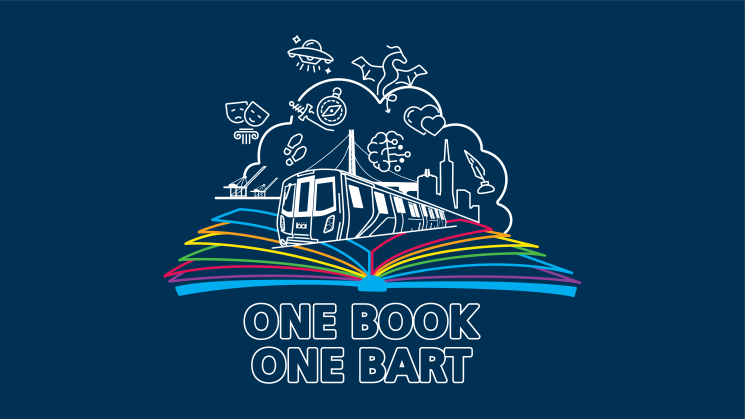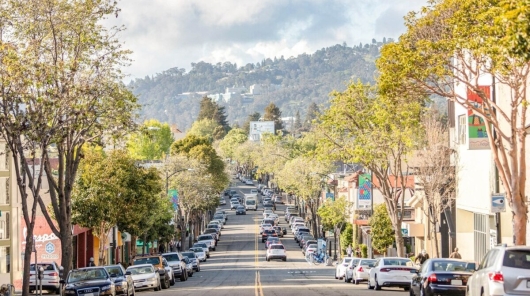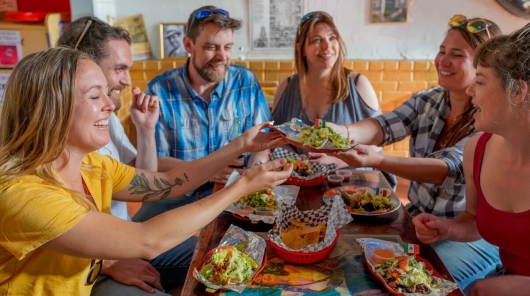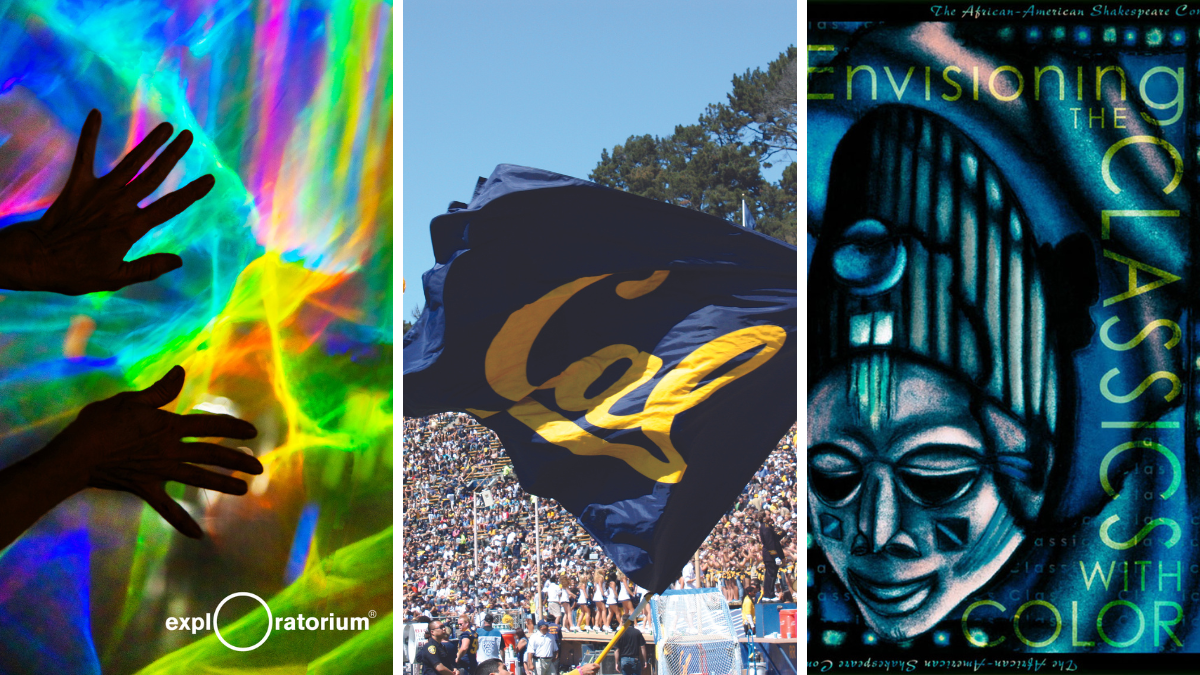
One Book, One BART: Guided Reading Questions for "STAY TRUE" by Hua Hsu
Last Updated On
Learn more about One Book, One BART by visiting the official book club page here. We'll be releasing new guided reading questions every few weeks, three chapters at a time.
CHAPTER 1 – “Back then, there…”
- How did the quotes from Edward Hallett Carr and Pavement prepare you for the themes presented in the first chapter?
- What does the motif of the private automobile symbolize for Hua? Why do you think he opens the book with a description of driving with his friends?
- Why might Hua weaves descriptions of old photographs into the chapter?
CHAPTER 2 – “When my father…”
- Hua describes moving to Cupertino in the mid-1980s with his parents, a time when “Nobody used Apple computers” (16). How does he describe the changes he witnessed growing up in Silicon Valley with imagery and description?
- “The first generation thinks about survival; the ones that follow tell the stories. I often try to spin the details and small effects of my parents’ lives into a narrative,” Hua writes (20). What are some of the “details and small effects” Hua uses in the chapter to tell the story of his parents’ lives?
- What drew Hua to the band Nirvana? Why might he focus much of the chapter around Kurt Cobain’s death in 1994?
- How does the inclusion of faxed letters enhance our understanding of Hua’s relationship with his father? Why do you think he included excerpts from the original faxes?
CHAPTER 3 – “During the first…”
- Hua routinely mentions real places – restaurants, record shops, dorms – in STAY TRUE. How does this contribute to the realism of the story?
- “Maybe I would become a proper punk,” Hua writes early in the chapter (39). What do you think drew Hua to 1990s punk culture? How have perceptions of the counterculture changed from the 1990s to today?
- Hua describes initially disliking Ken upon meeting him. Why do you think that is? What eventually drew him into a close friendship with Ken?
- Where does Hua’s interest in Derrida and postmodernism stem from? How do Derrida’s “dichotomies” provide a useful framework for Hua when thinking about friendship? What does Hua mean when he writes, “There were more choices than I initially realized” (54)?
CHAPTER 4 – “We were on…”
- Hua writes about making zines throughout the book. How do Hua’s zines and their content change as he progresses through college?
- Material objects, such as records, zines, and clothing, are significant to Hua’s fashioning of a collegiate identity. He writes: “You make a world out of the things you buy. Everything you pick up is a potential gateway to a tiny, cosmetic change that might blossom into an entirely new you” (67). Do you agree or disagree? How do you think Americans’ relationship to consumerism has changed since the 1990s?
- What fascinates Hua about the film “La Jetée”? How does it challenge his notions and concerns about the future and the efficacy of memory?
- The Free Speech Movement began at UC Berkeley in 1964. How does the university’s history of protest and political organization impact Hua and his budding political identity?
- “We were both Asian, conscious of all the stereotypes about being low maintenance and good at school. Yet we had come from such different worlds,” Hua writes of Ken (76). In what ways does Ken’s identity as a Japanese American challenge Hua and his notions of cultural heritage and Americanness?
CHAPTER 5 – “Ken and I…”
- When Hua begins volunteering for the Richmond Youth Project, he notes, “The fact that we were all Asian mattered more to me than my mentees” (90). How does Hua come to this realization? How do class differences affect Hua’s relationship with his mentees?
- How does listening to “God Only Knows” by the Beach Boys with friends change Hua’s understanding of the power of music?
- Hua writes that he “wasn’t all that interested in things that were popular, especially if I’d missed out on them the first time around” (98). How does Hua’s viewing of “The Last Dragon” disrupt his previously held notions of pop culture and its cultural impact?
CHAPTER 6 – “A spore takes…”
- Hua reveals that his parents “became involved in activism” at one point while living in Taiwan (106). Why does Hua refuse to believe “they’d once been just like me” (106)? What do you think his parents are protecting him from?
- Hua takes care to chronicle many of the small details of his last night with Ken. Why might he remember those specific details and take great care in recounting them in the chapter?
- How does writing provide refuge from the tragedy unfolding in Hua’s present? How might it protect him from the pain he knows he will feel in the future? \
CHAPTER 7 – “There was a…”
-
Why does Hua refer to his writings after Ken’s death as “showy archivalism” (123)? What does he mean by this?
-
Hua continuously notices flies buzzing around him in San Diego. What do the flies symbolize? Why do you think he kept noticing them?
-
How does Hua’s loss change his approach to teaching at the Richmond Youth Project? Why might he use the metaphor of the vampire?
-
Why does Hua feel such pride in his “lunch-meat-sized” scab (136)? How does it relate to memory formation?
CHAPER 8 – “There was the…”
-
How does the World Series game challenge Hua’s ideas about providence and justice?
-
Why does Hua connect so deeply to the phrase “It’s f---ed up the way it is sometimes” (153)? In what ways does the phrase summarize his evolving worldview?
-
Why does Hua write about James Byrd Jr., David Cash Jr., and Matthew Shepard? What does he hope to understand about the world from the stories of their lives?
-
What makes Hua feel especially safe at San Quentin? What tools does he use to connect with his students?
CHAPTER 9 – “It was at…”
-
A friend asks Hua: “Were you and Ken really that close” (169)? In what ways does that question lead Hua to interrogate his memories and storytelling abilities?
-
Why do you think Hua includes a summary of Ken’s assailant’s appeal? How does the appeal challenge Hua’s understanding of perception and storytelling?
-
How does Hua come to realize that “surrendering to joy wouldn’t mean” he was abandoning Ken (192)?
-
The final page of the book is a black-and-white photograph. Why do you think that choice was made?
-
Why does Hua title his book STAY TRUE? What does the concept of “staying true” mean to Hua? What does it mean to you?







